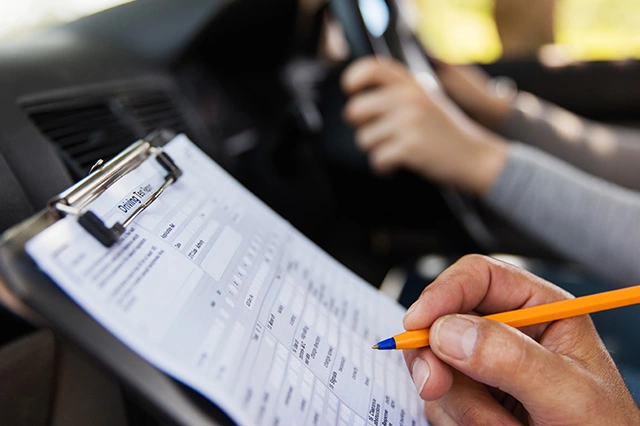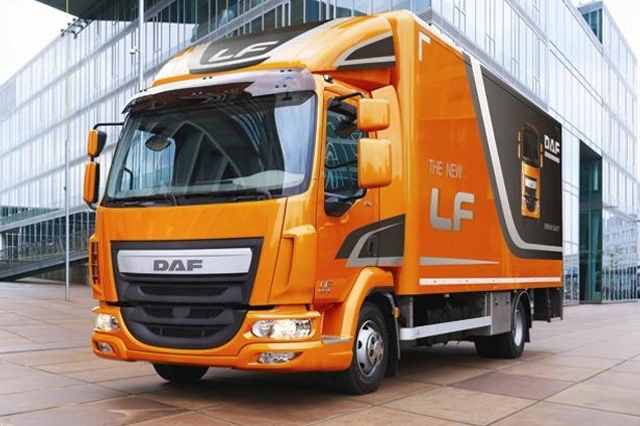Telematics insurance, also known as black box insurance, is revolutionising the way individuals and businesses manage their vehicle operations.
By leveraging technology that monitors driving behaviour and vehicle usage, telematics insurance offers a range of benefits, from cost savings to enhanced safety measures. This article explores how telematics insurance benefits various stakeholders, including car drivers, fleet operators, courier drivers, and heavy goods vehicle (HGV) drivers.
Understanding Telematics Insurance
Telematics technology involves the integration of telecommunications and informatics to monitor various aspects of vehicle and driving performance.
It typically involves a device installed in the vehicle that records data on speed, distance travelled, time of day, and driving behaviour such as harsh braking or rapid acceleration. This information is then transmitted to the insurance provider, who can tailor the insurance premiums based on the assessed risk.
Cost Savings
For Individual Car Drivers
Telematics insurance offers substantial cost savings for car drivers, particularly for young, those with convictions or inexperienced drivers who are often subject to higher premiums.
By demonstrating safe driving behaviour, drivers can benefit from lower insurance costs. Furthermore, telematics allows for pay-per-mile insurance models, where premiums are based on the actual distance driven, potentially reducing costs for those who drive less.
For instance, someone with a TT99 or a previously disqualified driver will want to demonstrate they are a safe driver.
For Fleet Operators and Businesses
Fleet operators and businesses can achieve significant cost reductions through telematics insurance.
By monitoring the driving habits of their employees, businesses can identify areas where fuel consumption can be reduced and inefficient driving practices can be addressed. Additionally, the data provided by telematics can help in negotiating lower fleet insurance premiums based on the fleet’s overall risk profile.
For Courier and HGV Drivers
Courier and lorry drivers stand to benefit from telematics insurance through more accurate pricing models. Given the high mileage and unique driving patterns of these drivers, traditional insurance premiums can often seem disproportionately high.
Telematics offers a more equitable solution by basing premiums on actual driving behaviour rather than statistical averages.
Safety Increases
Telematics insurance also plays a crucial role in enhancing road safety for all users.
Real-time Feedback for Drivers
One of the most significant safety benefits is the immediate feedback provided to drivers. Telematics devices can alert drivers to potentially risky behaviours, encouraging them to adopt safer driving habits. Over time, this can lead to a reduction in accidents and incidents on the roads.
Enhanced Vehicle Maintenance
Telematics systems can monitor the health of the vehicle, providing alerts for maintenance issues before they become serious. This ensures that vehicles are in optimal condition, reducing the likelihood of breakdowns or accidents caused by vehicle failure.
Improved Response Times in Emergencies
In the event of an accident, telematics devices can automatically notify emergency services, providing precise location data. This can significantly reduce response times, potentially saving lives in critical situations.
Telematics Conclusion
Telematics insurance offers a win-win solution for both insurers and insured parties. By aligning insurance premiums more closely with individual risk profiles and driving behaviour, it encourages safer driving and allows for more equitable pricing.
For convicted drivers, fleet operators, couriers, and HGV drivers alike, the adoption of telematics insurance can lead to substantial cost savings and a safer driving environment. As technology continues to advance, the potential for telematics to transform the insurance and transportation industries is immense, promising even greater benefits in the future.







